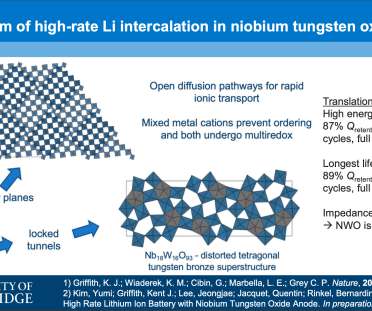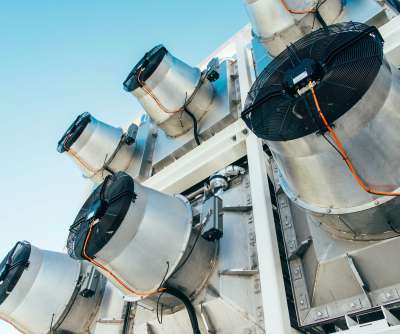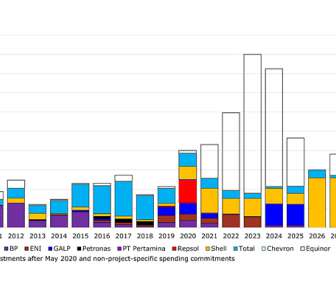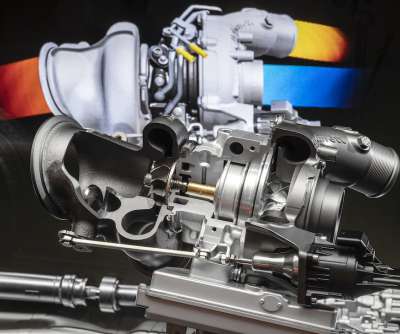DOE launches design & construction of $75M grid energy storage research facility at PNNL
Green Car Congress
MARCH 11, 2021
The US Department of Energy (DOE) has begun work on the Grid Storage Launchpad (GSL), a $75-million facility located at Pacific Northwest National Laboratory (PNNL) in Richland, Washington that will boost clean energy adaptation and accelerate the development and deployment of long-duration, low-cost grid energy storage.







































Let's personalize your content